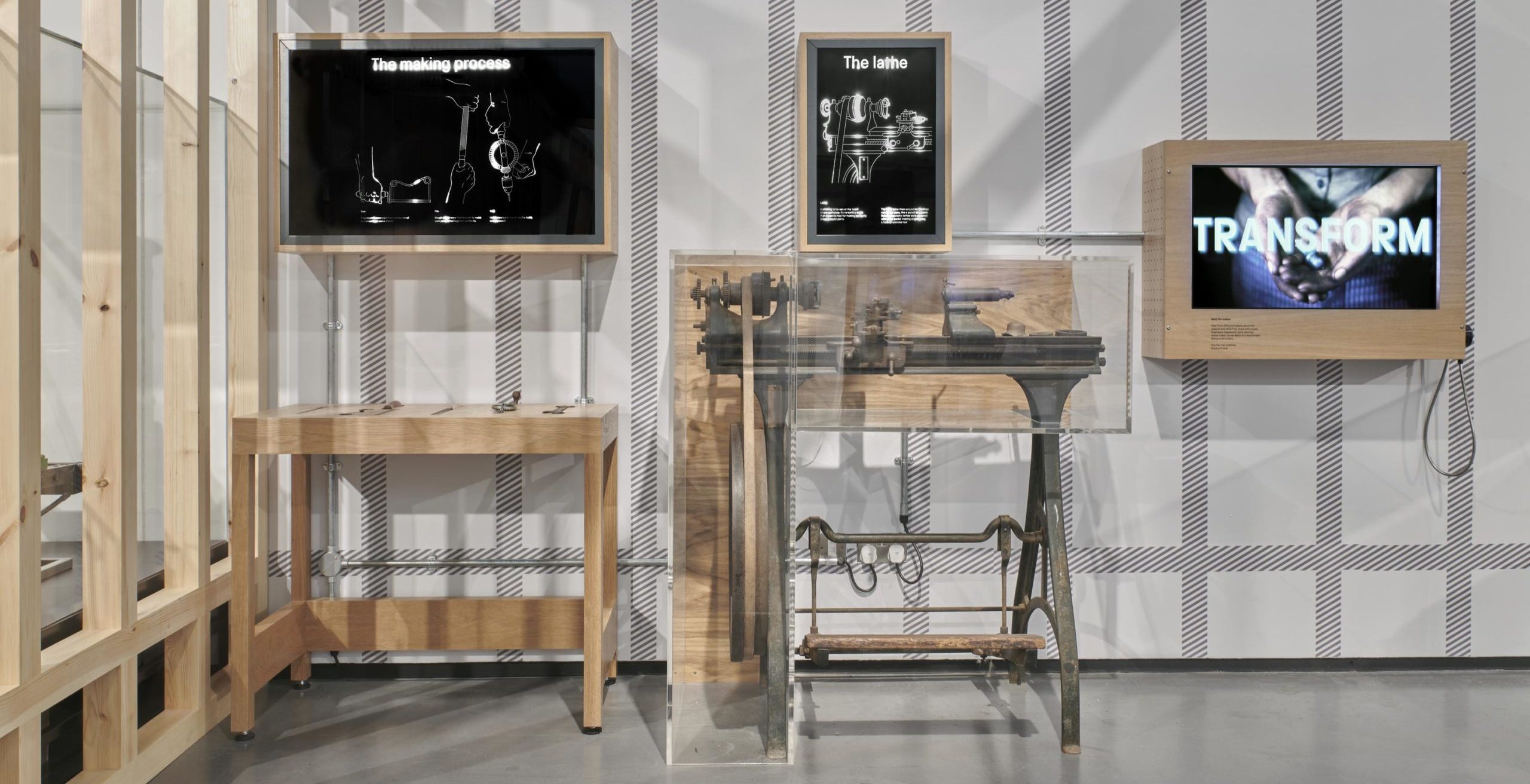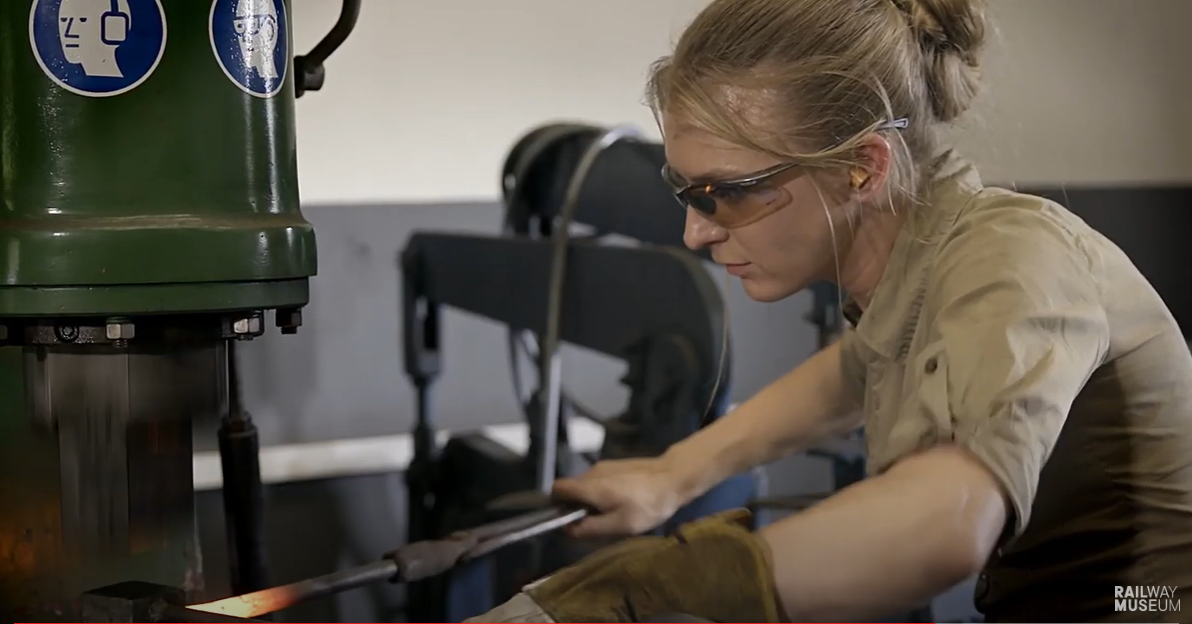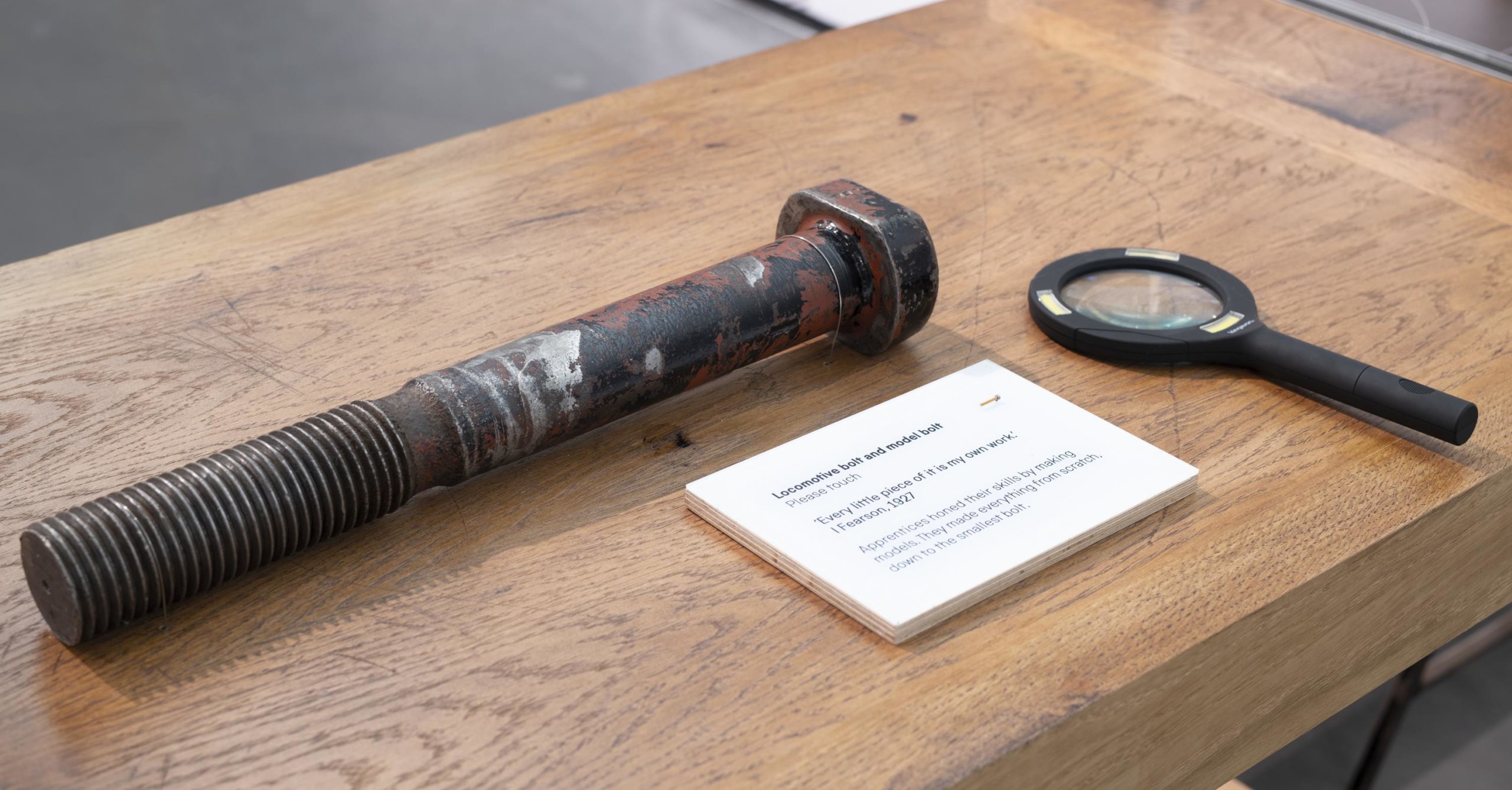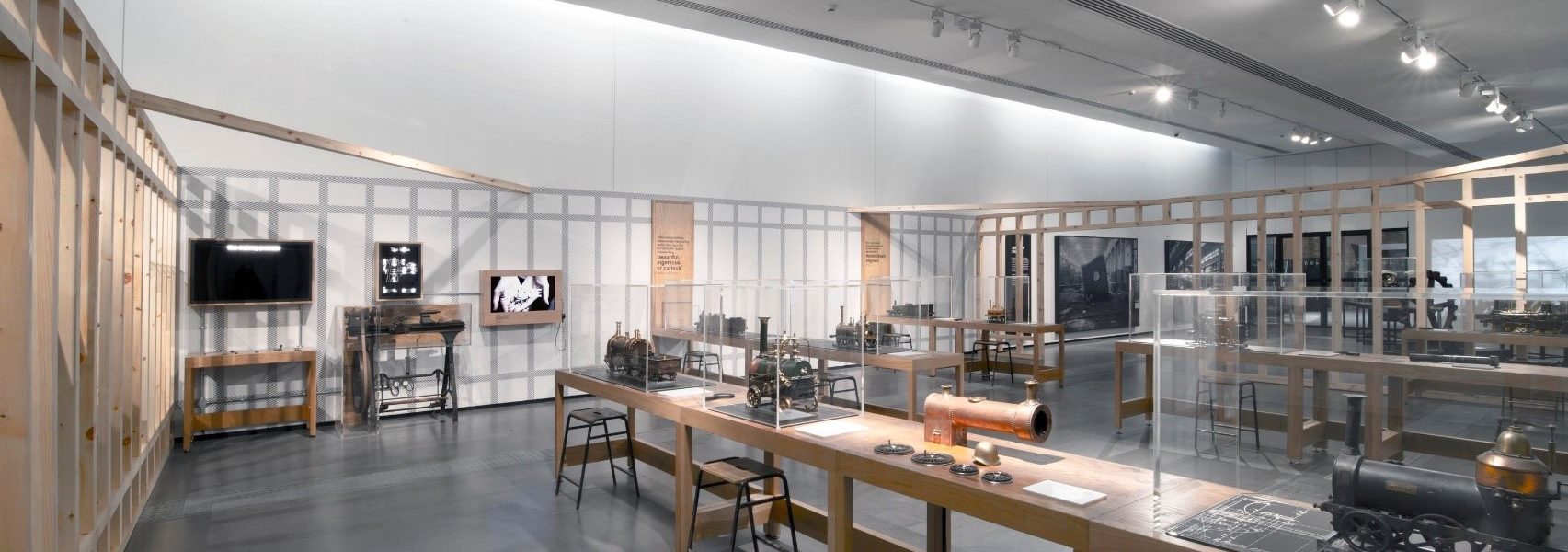Models are built on curiosity. They let us experiment and give shape to our ideas. The Brass, Steel and Fire exhibition at the National Railway Museum showcased the creativity of engineering through a hundred years of model making.
We wanted to ensure that all our audiences could engage with the exhibition and started by asking ourselves, how can an exhibition about model locomotives spark curiosity for visitors who think STEM (science, technology, engineering and maths) just isn’t for them?
During the development of Brass, Steel and Fire, we used the engagement reflection points to help us think about our diverse audiences, and to create an environment where people from all walks of life feel welcome, and can get inspired.
People
Brass, Steel and Fire is about model steam locomotives and the people who made them – ordinary people who brought these mini machines to life on their kitchen tables. Here we hit a problem, it’s hard to be inclusive when none of the documented engineers from this period were women. Our solution was to focus on the making process and explore what inspires people.

The joy of making is as relevant now as it was in the 1800s. It lets us unwind, tinker, master new skills, and create something unique. Within the exhibition, each display presented a different perspective. To broaden perceptions of who does engineering, we created a short Meet the Makers film with watchmaker Rebecca Struthers, blacksmith Katie Ventress, and model maker James Wells. In the film they talk of using the same engineering skills, and finding the same enjoyment in their work, that model makers did a hundred years ago.

Our aim in developing the film was to feature people that our visitors could identify with and to have stories of engineering that would resonate with them. When we evaluated the exhibition, we found that these stories helped visitors empathise with model engineers.
Confidence and ownership
Even confident museum-goers might feel out of their comfort zone in an exhibition about model engineering, especially if they have low science capital and aren’t so confident with STEM.
When we started developing the exhibition, we asked ourselves, how can we put people at ease and encourage engagement? Reflecting on this question influenced the exhibition design. Models were displayed on workshop benches and visitors were invited to pull up a stool to help visitors feel welcome and know how to interact in the space.

Each model is unique and we used magnifiers and spotlights to prompt visitors to take a closer look. Visitors were also invited to touch handling objects, like a part-assembled model, and even get hands-on and pedal a lathe. Although our evaluation found that independent adults were unsure if the handling objects were for them, they were effective at prompting discussion and getting families working together.
It was great to see people interacting with the exhibition and the science capital research and engagement reflection points really helped enhance the whole experience for our visitors.
